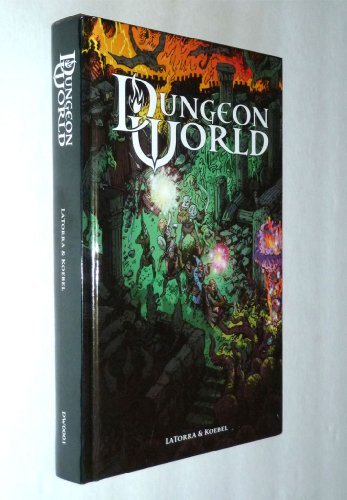Planning a Dungeons & Dragons campaign can feel overwhelming, especially for Dungeon Masters who want to keep their preparation time manageable. However, by borrowing concepts from Dungeon World Fronts and embracing minimalist planning, you can create a dynamic, player-driven experience that feels rich and engaging without requiring hours of prep work. I use this methodology in many of my own campaigns and I can say from experience that it works a treat.
What Are Dungeon World Fronts?
Dungeon World, a narrative-driven RPG, uses Fronts as a way to organize campaign threats and storylines without rigid scripting. Instead of planning each session in detail, you create major factions, events, and dangers that will evolve naturally based on player actions. These Fronts act as living forces in the world, ensuring the story unfolds dynamically.
Step 1: Define Your Fronts
A Front is a significant force or conflict that drives the game’s narrative. Examples include:
- A Rising Cult – A mysterious order gathers followers to summon an ancient deity.
- A Warlord’s Ambition – A power-hungry warlord seeks to conquer the region.
- A Failing Empire – The once-great kingdom crumbles due to internal corruption.
- A Forgotten Curse – An ancient evil begins to stir beneath the land.
Each Front has:
- A Core Threat – The central danger or goal of the Front.
- Grim Portents – Steps showing how the Front advances if unchecked.
- Impending Doom – The final, catastrophic outcome if players fail to intervene.
It is best to have 2-3 Fronts in play. This creates interesting moral dilemmas for the players. Do we find the rising cults source of power, or stop the Warlords ambition in the border lands? Combatting one will leave the other unchecked for a time and closer to reaching it’s impending doom.

Step 2: Keep Session Prep Minimal
Instead of spending hours scripting intricate encounters, use situation-based preparation:
- What’s Happening Right Now? – Consider what the antagonists are currently doing.
- What Might Happen Next? – Think about the logical consequences of past events.
- What Questions Need Answers? – Let player curiosity drive exploration.
This method of play does require getting comfortable with improvisation. For some tips on upping your improve game you can check out my previous article on the subject.
Step 3: Build NPCs and Factions, Not Plots
Rather than rigid story arcs, create motivated NPCs with clear goals. If you establish what each faction or villain wants, they will naturally push the world forward, reacting to the players’ choices.
This keeps the game very fluid and flexible. It will actually create intricate and compelling stories without the rigidity and time spent on creating these beforehand.
Step 4: Use Player Backstories for Hooks
Weave your players’ backgrounds into the campaign. A character’s lost sibling, old rival, or mysterious prophecy can become central elements of the story, creating organic engagement without extra planning.
Step 5: Let the World React
One of the best ways to keep a campaign like this engaging is to make the world feel alive. To do that use the following:
- Actions Have Consequences – If players ignore a threat, it advances.
- Factions and NPCs Adapt – Enemies respond to failures and successes.
- The Story Evolves – The campaign unfolds based on player choices, not a fixed script.
Final Thoughts
By using Dungeon World Fronts, embracing minimal prep, and letting players drive the story, you can create a rich, immersive D&D campaign without hours of meticulous planning. While this type of campaign can seem too freewheeling, it does in fact take less effort while creating adventures that the players get fully engaged with. By focusing on dynamic factions, evolving conflicts, and player-driven narratives, and you’ll have an unforgettable game that practically runs itself.



